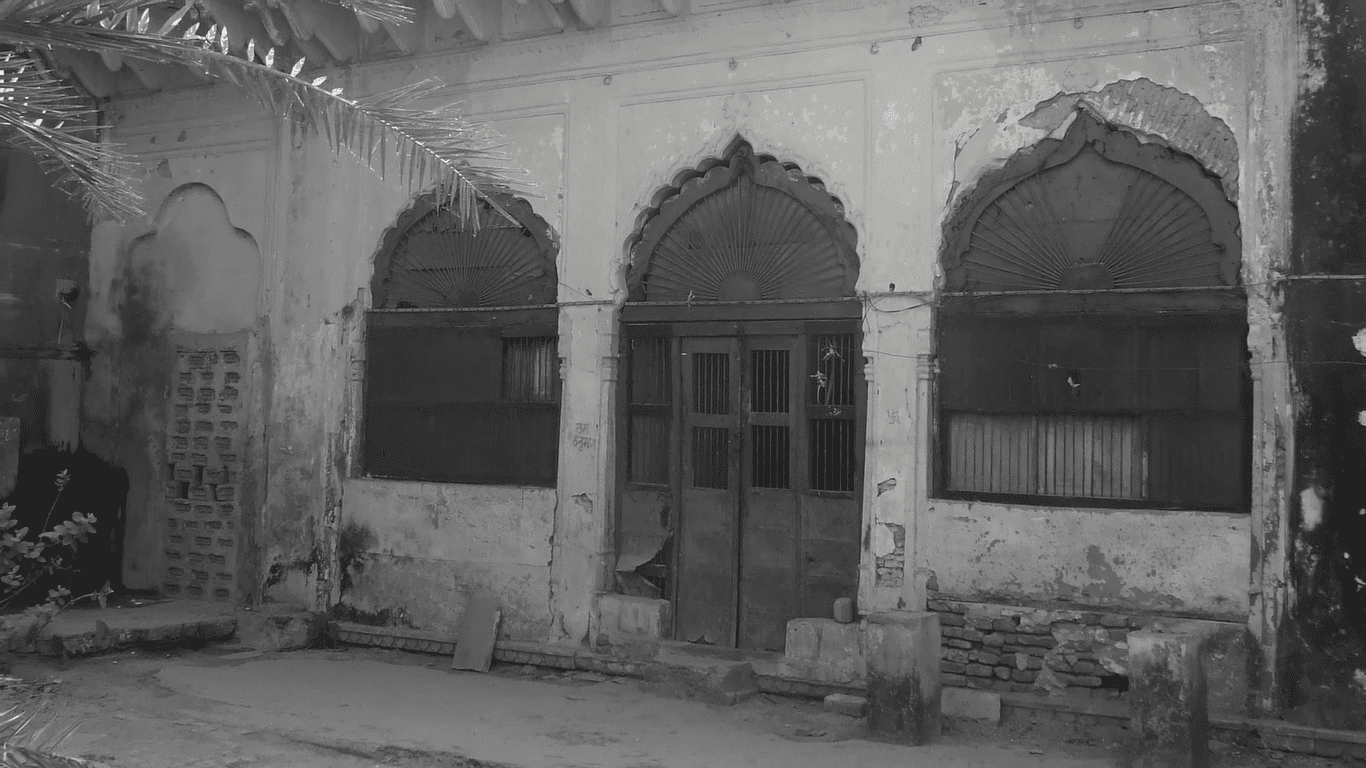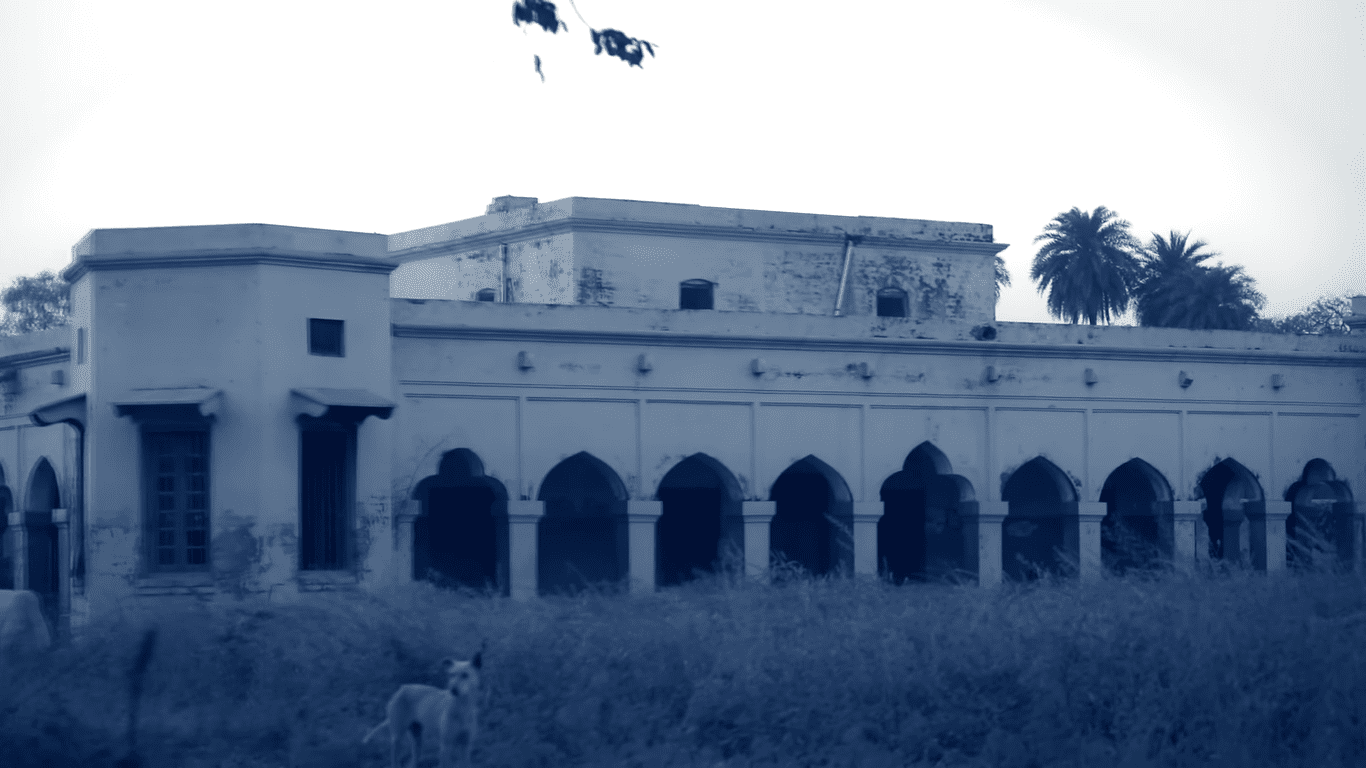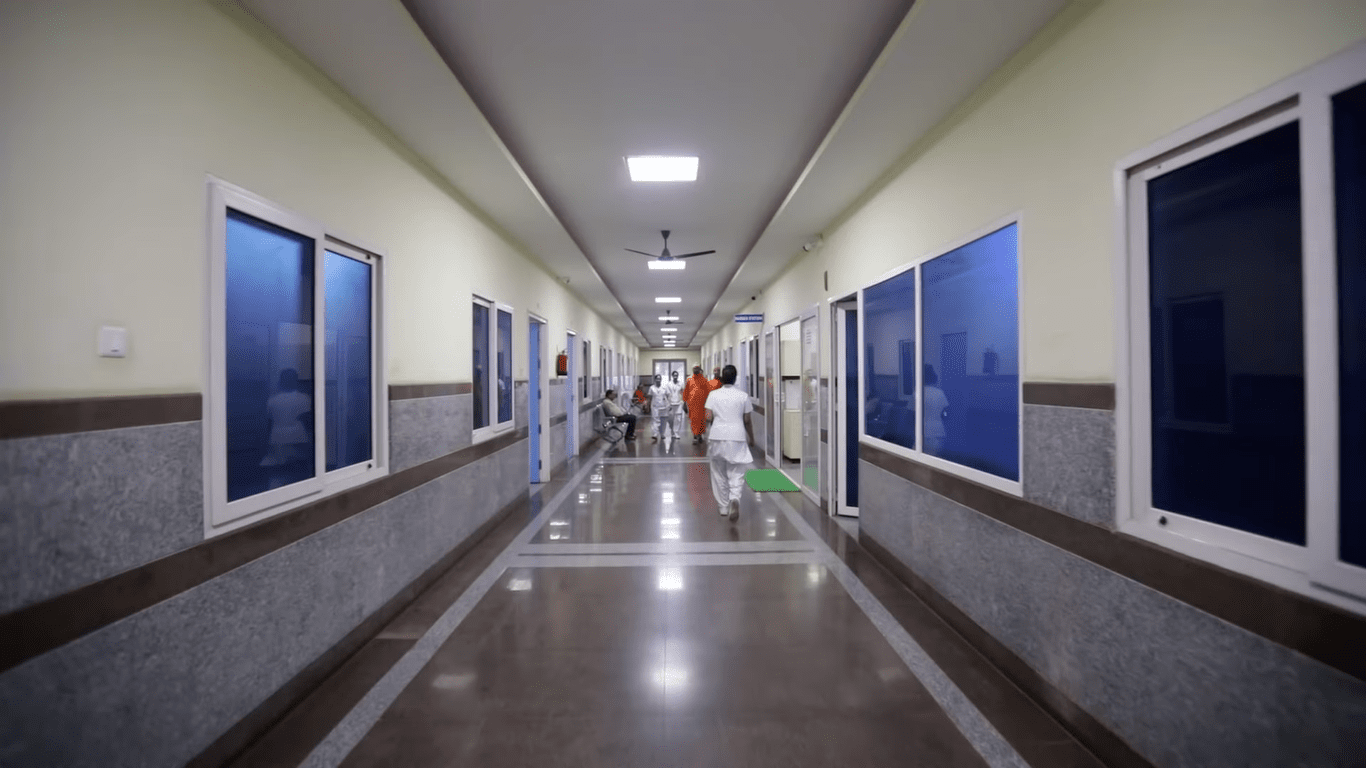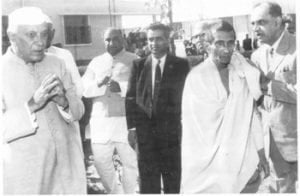Ramakrishna Mission Sevashrama is a branch centre of the world-famous Ramakrishna Math & Ramakrishna Mission, Belur Math. Swami Vivekananda established Ramakrishna Order (Religious Trust) in Kolkata more than a century ago in the name of his Guru, Bhagawan Sri Ramakrishna Paramahansa Dev, with the motto ‘Atmano Mokshartham Jagat Hitaya Cha’-‘For Liberation of one’s own Self and for the welfare of the world’.
The Sevashrama Hospital had a humble beginning in 1907 with a small homeopathic dispensary and has gradually grown to its present stature of a 320 bedded General Specialty Hospital with some Super Specialty like Oncology, Cardiology, Joint Replacement Etc. The hospital has state of the art Diagnostics facility like MRI, CT Scan, Ultrasound, Direct Radiology, Laboratories etc. aided by latest technology. Two Outreach Programmes namely Pallimangal and Vivekananda Medical Services is being run by the Hospital. The Pallimangal functions with one Mobile Medical unit visiting to villages 4 days a week and ViMS includes Two Mobile Medical Unit and 9 Telemedicine units which is serving the rural population of Mathura District. This hospital is a boon to the people particularly to the poor, serving the needs of a large local population, pilgrims as well as the people of the neighbouring districts without any distinction of caste, creed, status or religion. The hospital is charitable in nature and provides free treatments to most of the patients.
The Sevashrama also has a School of Nursing where a maximum of 30 girls are admitted in a single batch every year. The school provides free education, board and lodging to all its students.
The Legacy
At Kala Babu Kunj
Vrindavan, the heart of Braj Dham and the “Leela Bhumi” of Lord Krishna, was presently brought to limelight by Sri Chaitanya Mahaprabhu and was held in supreme veneration by Sri Ramakrishna Dev. Inspired and guided by the soul stirring message of Swami Vivekananda to “worship God by serving human beings”, some local gentlemen formed themselves into a body in order to found a Sevashrama in 1907 with a view to serve the poor helpless ailing patients in the sacred Vrindavan. A Managing Committee was formed and Sri Jnaneswar Chandra Sen and his son took charge of the work, in co-operation with Brahmachari Harendranath of Belur Math, a distant relative of Swami Vivekananda. Some relatives of Sri Balaram Bose of Calcutta, who owned the temple premises at Banshibat,

on the banks of river Yamuna, popularly known as Kala Babu’s Kunj, kindly placed its outer portion at the disposal of the organizers to accommodate the patients and a Zamindar of Entally, Calcutta, provided the initial funds. In January 1907, the beginning was made with a small.
Homoeopathy dispensary, with a vow to serve “Siva in Jiva”. Same year, allopathic departments were added along with 4 beds, where 26 inpatients and 275 outpatients were treated. The management of the Sevashrama was passed over to the Ramakrishna Mission, Belur Math on January 12, 1908. The Ramakrishna Math and The Ramakrishna Mission possess independent accounts. Funds of both organizations comprise of donations from friends, devotees, the general public, and in some cases grants from local bodies and other sources.
At Panighat
In the year 1915, the Sevashrama was shifted from Kala Babu’s Kunj to the nearby, newly acquired land at Panighat, on the banks of Yamuna. Various allopathic departments were added to the existing ones and bed capacity of the hospital was raised to 50. Initially the river Yamuna was flowing adjacent to the Sevashrama complex at Panighat but with passage of time the river changed its course and started flowing at some distance. However, during the monsoon, river water used to inundate the hospital complex thereby paralyzing medical facilities. With a view to provide uninterrupted medical care to the suffering humanity, new land was acquired during the early 1950’s at Mathura Road (presently Swami Vivekananda Marg) and construction for a new hospital complex was taken up. Due to paucity of financial resources, it took more than a decade to construct the minimum infrastructure for the hospital.


At Present Location
The Hospital with 100 beds capacity was completed in 1962 and dedicated to the public on 8th December 1963 by the then Honorable Prime Minister, Pandit Jawaharlal Nehru. Over a period of time various buildings and other facilities have been added to the existing infrastructure to provide more extensive and efficient medical care to the poor patients. During early 1980’s, the bed capacity of the hospital was raised to 121 with the addition of a few private rooms.
Same year, a nursing school also was started. During 1986, Maternity Department was started with 30 beds for training the nursing students in midwifery as well, thus raising the bed capacity to 160. During mid-1990’s the O.P.D. building was made double-storied and additional quarters were constructed for residential doctors. A separate building for the School of Nursing and extension of nursing hostel were also completed during this period.
Since a modest beginning, the hospital has gradually grown up to its present stature of a 320-bed Multi-Specialty Charitable Hospital serving the needs of a large indigenous public and pilgrims as well as the people of neighbouring districts, without any distinction of caste, creed or religion.
Today, the hospital has, among others, departments of General Medicine, General & Laparoscopic Surgery, Urology, Neuro-surgery, Ophthalmology, Dentistry, Paediatrics, Gynaecology & Obstetrics, Orthopaedics, Dermatology, Physiotherapy and alternative medicines like Homoeopathy, Ayurveda, Naturopathy, Acupuncture, etc. The hospital also has a Modular Operation Theatre complex with six operation theatres, CathLab, 5-bed Surgical Intensive Care Unit, 5-bed Medical Intensive Care Unit, 10-bed Neo-natal Intensive Care Unit, Blood Bank, Digital X-Ray, fully-automized Pathology, Ultrasonography, 32-slice CT Scanner, and 10-beded haemodialysis Unit. The beginning of third millennium brought extensive expansion and development works in the Sevashrama.The annual intake for the Nursing School was raised to 30 from 20. To name a few more developments – Neuro-Surgery, Urology, Oncology, Laparoscopic Surgery; Automatic laundry unit; fully-atomized Pathological Laboratory and Eye Department with state-of-the-art machines and Ultrasound Department, CT Scan, Endoscopy, Digital X-Ray,
Mammography, full-fledged Physiotherapy Unit; extensive renovation & repair of hospital buildings; provision of supply of sweet water after processing through Filtration plant establishment of Blood bank; newly built Modular Operation Theatre complex with six operation theatres; separate eye wards and 5-bed SICU, 3-bed MICU, 9-bed NICU, 10-bed Dialysis Unit there by again increasing the bed capacity of the hospital to 178. Visits by specialist doctors, detection of cancer, psychiatric & tuberculosis treatment and provision of various vaccines and polio doses to the newborn babies are also arranged on a regular basis. Medical books have been made available for medical staff. A state-of-the-art Swami Vivekananda Auditorium was th constructed in 2013 to commemorate the 150 Birth Anniversary of Swami Vivekananda, with 364 seats and central air-conditioning system serves as the dais to conduct educational, spiritual & cultural programmes along with seminars. During the year 2016, a spacious Nurses’ Hostel was constructed to accommodate the increased number of students while providing space for Shrine, Study Room, Recreation Room and well-furnished dining hall and kitchen. The old and dilapidated Private Wardwas demolished and a magnificent two-storied new Private Ward was built, thus raising the bed strength of the Hospital to the present 240. New ICU was also set-up in the new Private Ward with 10- beds while providing all the modern facilities along with state-of-the-art equipment and furniture.A state-of-the-art CathLab started functioning to provide interventional services in Cardiology like angiography and angioplasty. Due to the increased number of cancer patients in the hospital, the cancer services have been formally organized into ‘Ramakrishna Mission – Bani Mittra Cancer Centre’. The Cancer Centre provides advanced surgical treatment in cancer like oncoplasty, reconstruction, free flap etc. while providing chemotherapy too. The Cancer Centre is proposed to expand its activities with the installation of Radiotherapy Unit and medical oncology in the near future.A separate Cancer Ward for specialized treatment is also under construction.
In 2019 New Sarada Block was inaugurated by Honourable President of India Sri Ramnath Kovind in the presence of honourable Governor of Uttarpradesh Smt. Anandiben Patel and Chief Minister of Uttarpradesh Yogi Adityanathji Maharaj. This new block added of new Words, Two Moduler OT, 1.5 Tesla MRI unit to the Hospital and bed capacity increases to 300 beds.
In 2022 A new Cath Lab unit was added.

Visit of Dignitaries
Many dignitaries have visited the Sevashrama since its humble beginning like – Mahatma Gandhi (visited the Sevashrama twice), Pandit Jawaharlal Nehru, Dr. Sarvepalli Radhakrishnan, Netaji Subhash Chandra Bose, Sri Shyama Prasad Mukherjee, Sri Madan Mohan Malaviya, Sri Govindvallabh Pant and Sri V V Giri. The Honourable Governor, Sri Vishnu Kant Sastri and the then Honourable Health Minister of Uttar Pradesh, along with the thenHonourable Defence Minister Sri Pranab Mukherjee from the Government of India visited the Sevashrama during 2005-06.
The Hon’ble Governor of Tripura Sri Tathagata Roy, Hon’ble Governor of UP Sri Ram Naik, Hon’ble Governor of Bihar Sri Ramnath Kovind, Hon’ble Minister for Health of Govt. of India Sri Sudeep Bandyopadhyay, Hon’ble MP of Mathura Smt. Hema Malini and Hon’ble Minister for Power of Govt. of Uttar Pradesh Sri Srikant Sharma include this list. The Charitable Hospital continues to provide free medical services to the poor, with the financial support received from noble, kind hearted and benevolent persons and organizations..

